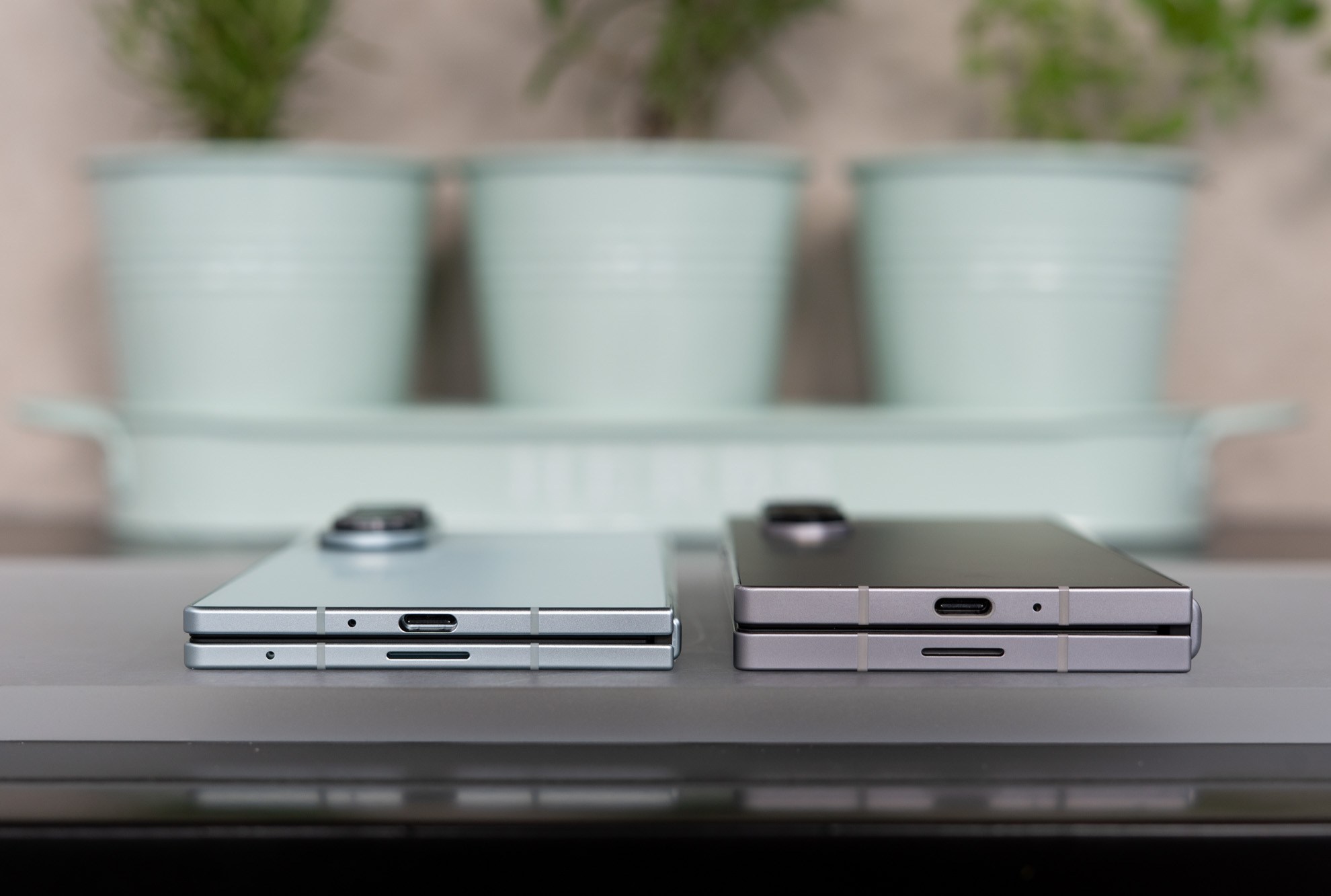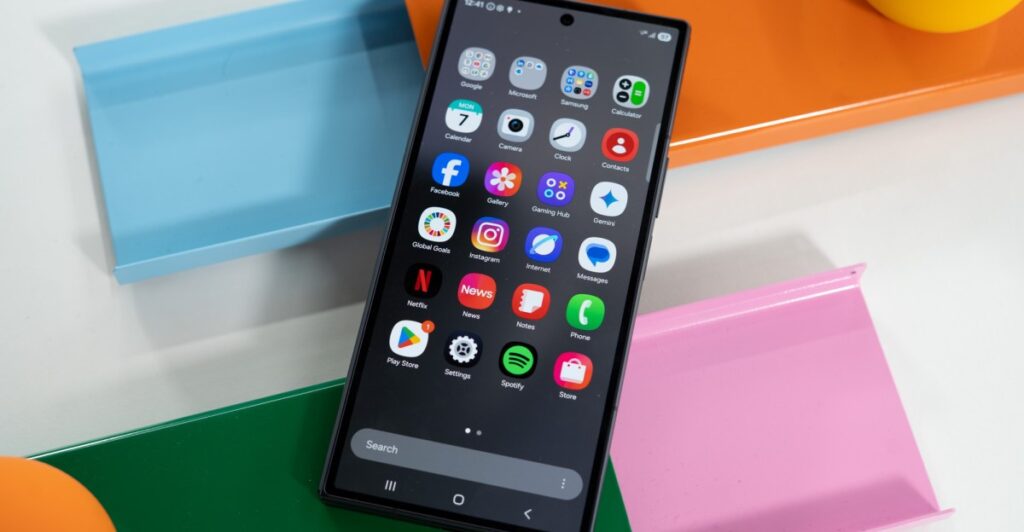Samsung just announced its seventh-generation folding phones, and it finally retired the long and narrow Z Fold design that it had stuck with for far too long. The Z Flip is also getting an overdue upgrade to a full-size cover screen rather than the file folder shape of the past couple generations. After years of incremental upgrades and barely warmed-over designs, Samsung’s foldables are finally taking a leap forward with some bold choices — just be prepared to pay up for them.
We knew the Fold 7 would be thinner. Rumors told us. Samsung told us. But like with the Galaxy S25 Edge, seeing is believing. Or, holding the phone in your hand is, at least. Compared to the Fold 6, it’s night and day. The Fold 7 is vastly thinner and lighter, and the Fold 6 looks like a big ol’ chunk next to it. It honestly feels like a different phone.
At 8.9mm thick when folded, it’s up there with the likes of the Oppo Find N5 as far as thinness goes. Oppo’s device is so slim that my colleague Dominic Preston dubbed it the “final evolution of foldables.” Open, the Z Fold 7 is just a hair thicker than the USB-C port on the bottom of the device. But there was one notable casualty in the quest to make it thinner: S Pen support. Samsung claims that omitting the screen layer that makes stylus support possible helped slim the phone down to its current proportions. I’ll take a slimmer foldable over a stylus-compatible foldable, but let’s observe a moment of silence for the S Pen Fold Edition.
The Fold’s new, wider format is a welcome change. The cover panel now measures 6.5 inches with a 2520 x 1080p resolution compared to the Fold 6’s 6.3-inch, 968 x 2376p screen. It finally feels like a normal phone when it’s closed. The inner screen is now 8 inches, and Samsung finally gave up trying to hide the inner selfie camera under the display and just put a 10-megapixel sensor behind a little hole-punch cutout. Good riddance. The water and dust resistance remains the same, with an IP48 rating like the last two models.

Photo: Allison Johnson / The Verge
Photo: Allison Johnson / The Verge
Photo: Allison Johnson / The Verge
Photo: Allison Johnson / The Verge
Now, the bad news: two thousand US dollars. Or $1,999, to be precise — that’s what the Z Fold 7 costs. With the price of everything going up, the tariffs situation, and the R&D costs that went into this newer, thinner Fold, I guess I shouldn’t be surprised. At $1,899, the Fold 6 wasn’t exactly cheap. But something about the words two thousand dollar smartphone just feels wrong, you know?
But back to the good news: the Flip is getting a proper edge-to-edge cover screen for the first time. It’s the direction Motorola went when it relaunched the Razr a few years ago, and I think it’s the right one. Samsung uses the extra screen real estate next to the camera cutouts for the time and date as you swipe through widget panels, or for navigation buttons in apps, which is cute. Sure, it’s a little awkward working around them, but I’d rather deal with this and reap the benefits of a bigger screen than be hemmed in by the file folder shape.
The Z Flip 7 is slimmer than its predecessor, too, but only by about a millimeter when the phone is closed. It felt like the same phone to me. There are some meaningful upgrades, starting with a larger 4,300mAh battery. The Flip 7 also supports DeX and allows you to use Gemini Assistant on the cover screen — both features that were curiously missing from earlier versions. But better late than never. It has the same water and dust resistance (IP48) as last year.
The file folder screen lives on in a new member of the Flip lineup: the Z Flip 7 FE. It’s a lower-cost alternative to the $1,099 Z Flip 7 at… $899, which, sure, is less money. But it doesn’t feel cheap, and with a $699 alternative from Motorola, the FE feels a little forgettable.
Here’s what I’m not forgetting anytime soon: picking up the Z Fold 7 for the first time. It was the same realization I had with the second-gen Pixel Fold: the “oh, this is how this phone is supposed to feel” moment. I just wish that “aha” moment came with a slightly lower price tag.
Photography by Allison Johnson / The Verge
Read the full article here
